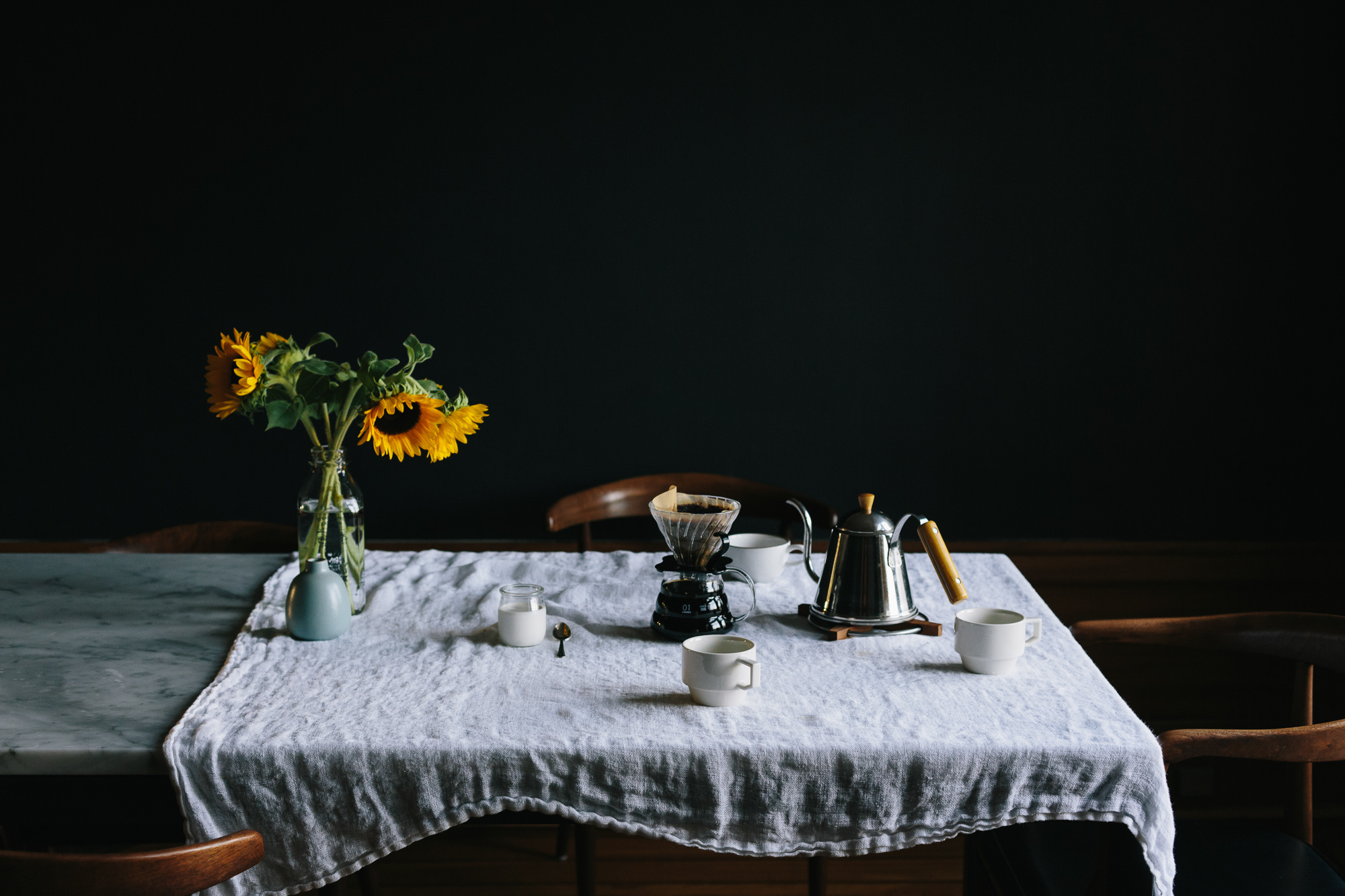I grew up with a Grandma Mary and a Great Aunt Clarcy: eleven children, same Idaho farmhouse, very different sisters.
Grandma Mary was wide, round, and heavily perfumed. Her chest that may not have been large to start with, but likely puddled down to child-hugging-height by age 80, as breasts tend to do. Her thick black hair was eternally salon-waved, and she slept with pearl earrings on her nightstand. She had a smile so perfectly aligned that I’m now guessing they were dentures, and a deep, anxious laugh that made her body shake.
With small bones, greying blond long hair swept into a loose bun, a soft lilting voice, Aunt Clarcy always reminded me of Katharine Hepburn. Her giant gold-rimmed glasses made her face appear child-sized. She asked quietly observant questions, wore classic button-down shirts, linen pants, and shoes with heels all the way until the end.
When I was sixteen years old, I watched them both walk down a wooden ramp. And it changed how I managed my rheumatoid arthritis and the decisions I made in my life.
Both in their early 80’s, equal in their physical abilities and their objective fall risk, Grandma Mary let out a series of “oh, OH, oh gracious, oh my!” as she moved across, one hand with a deathgrip on the handrail and the other grasping for someone else’s arm.
Great Aunt Clarcy moved extremely slowly, hand on the railing, her steps light but deliberate. She even pointed out a butterfly as she slowly crossed the deck. She looked downright elegant, with a poise that surpassed her fear.
My the time I was twenty-two, I had spent years being afraid of falling.
With RA heavily active in my knees and hips, and wrists unable to bend, it was a legitimate but unusual fear for someone so young.
I felt embarrassed to be using a cane at age nineteen. I felt embarrassed to be limping. And because I had not yet developed honest language beyond apologies with which to describe my condition, I tried to hide. Limping quickly, hoping to become an unnoticed blur in the background, was obviously an ill-conceived plan for this body.
So I embraced this memory of Great Aunt Clarcy.
I could hunch over and attempt invisibility by sheer will; I could let the fear, longing, dismay and brokenness oevrwhelm my steps. These were honest and available options.
I realized I could feel all of these things and still move like Great Aunt Clarcy, slowly and deliberately, owning each awkward step and petting a few puppies along the way.
Instead of pretending this wasn’t happening, I could own every piece of it, and that choice was entirely mine. It wasn’t the most natural choice, but it was the fruitful one. I would be seen: not as a disabled young woman with a cane, but as someone enjoying the long arduous journey to the coffee shop, not sweating the world or its view of me.
It caused me no additional pain to walk this way; it actually hurt my body a lot less. And in the beginning, it was really hard. I wanted to hide in a hole. I wanted to mutter my modernized, R-rated, sailor-approved version of Grandma Mary’s “oh, OH, oh my”.
I’m not going to lie: there was a hefty handful of “fake it til you make it” in the process. But I knew my goal, and I trusted it. And every single moment of my life has been better for it.

